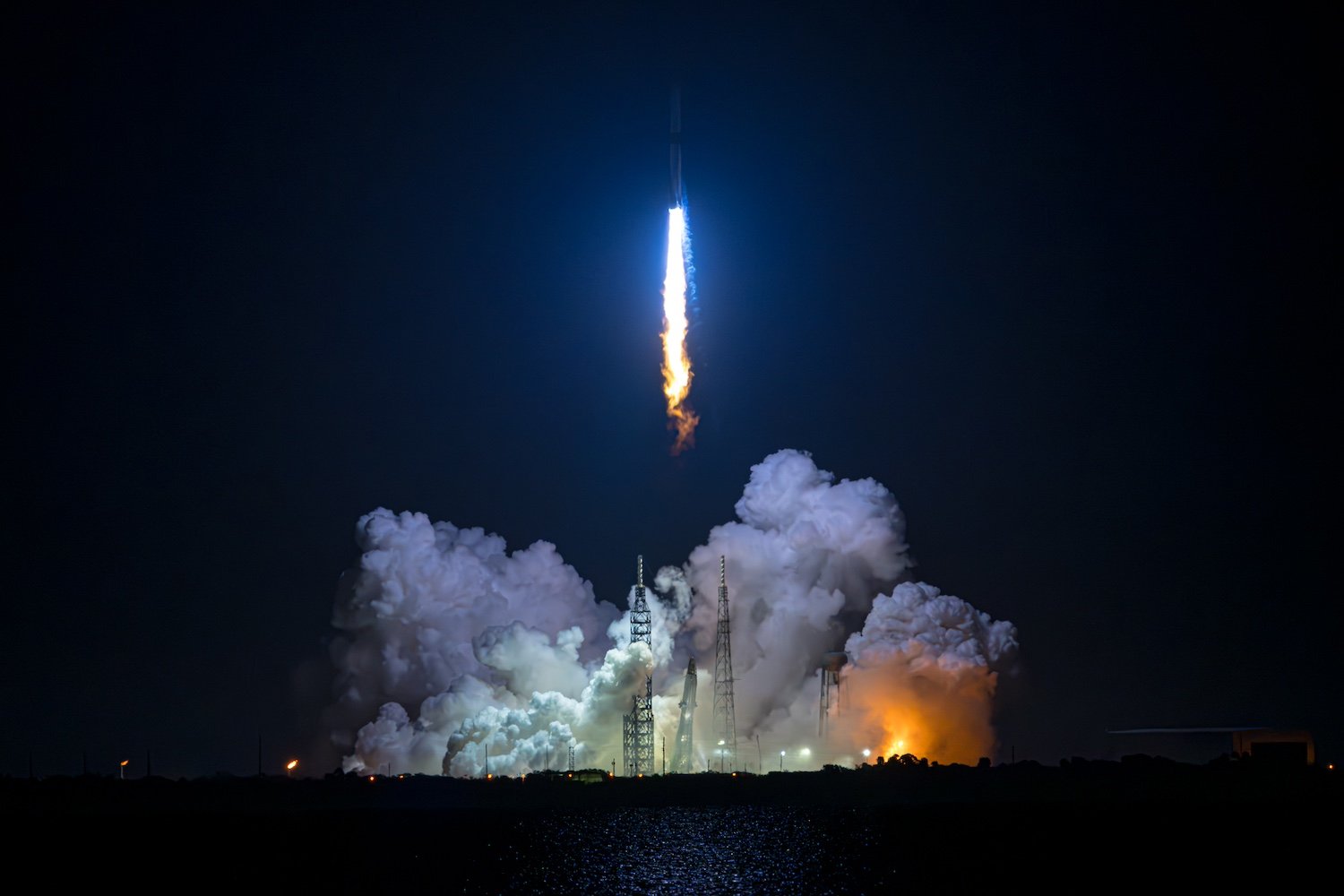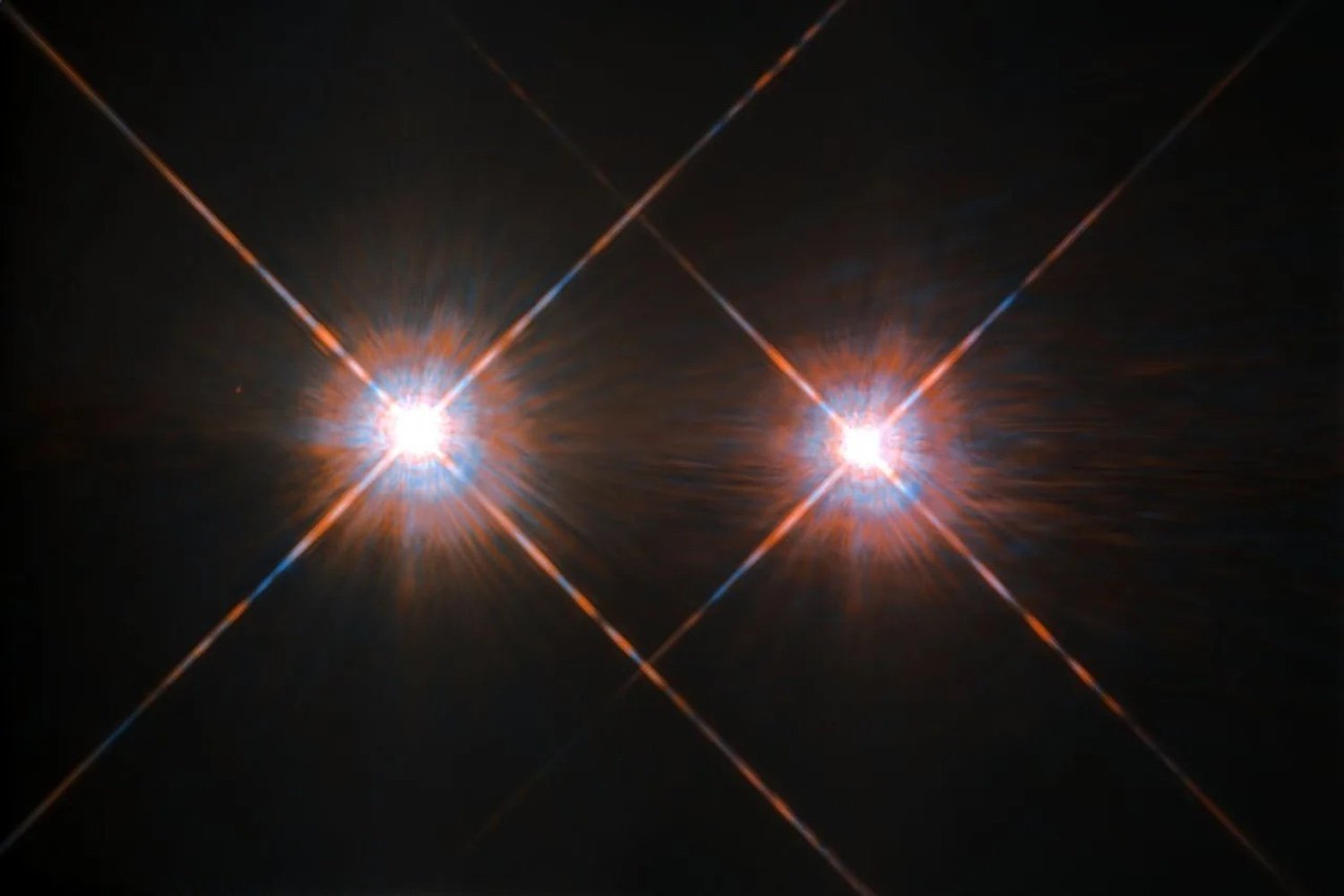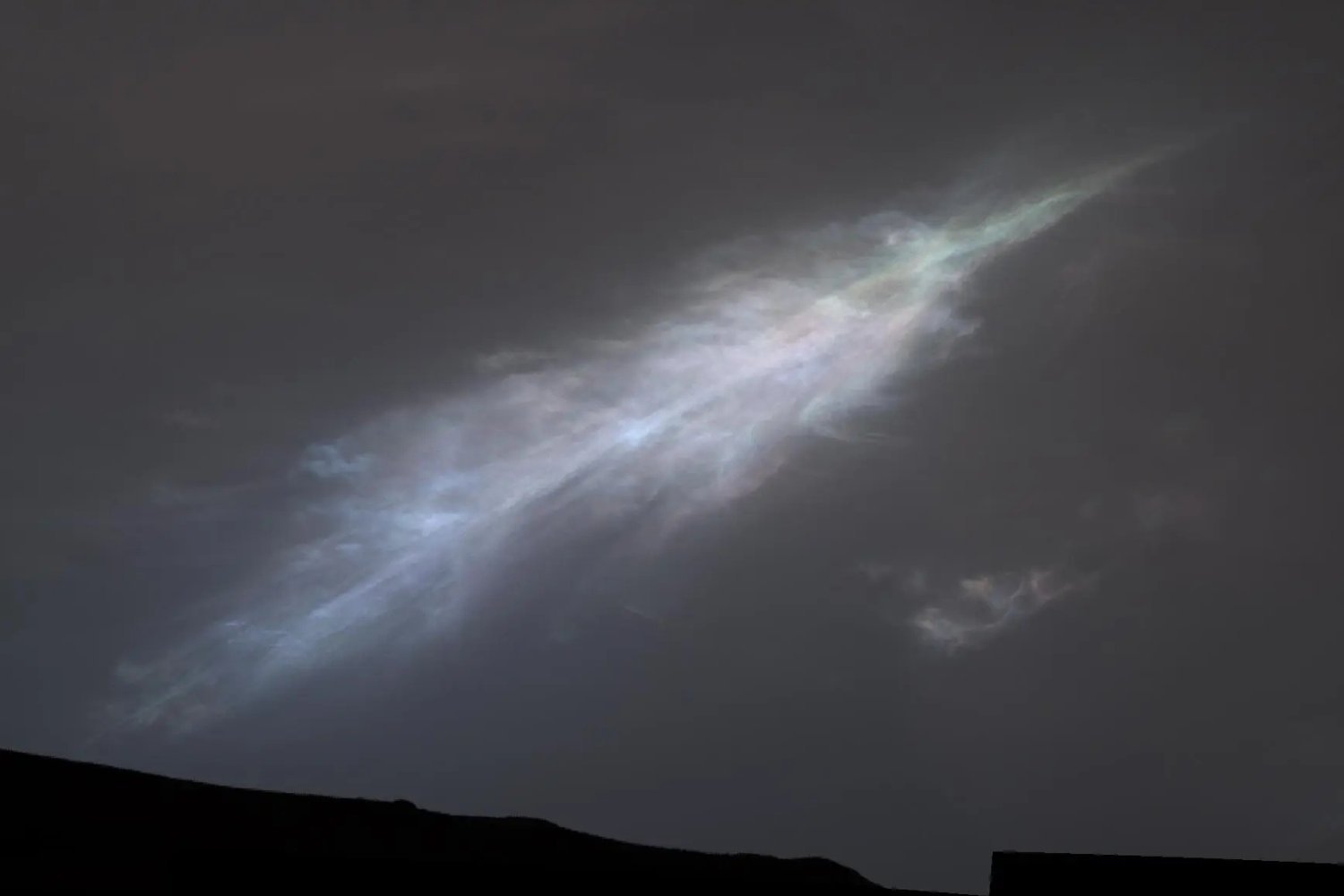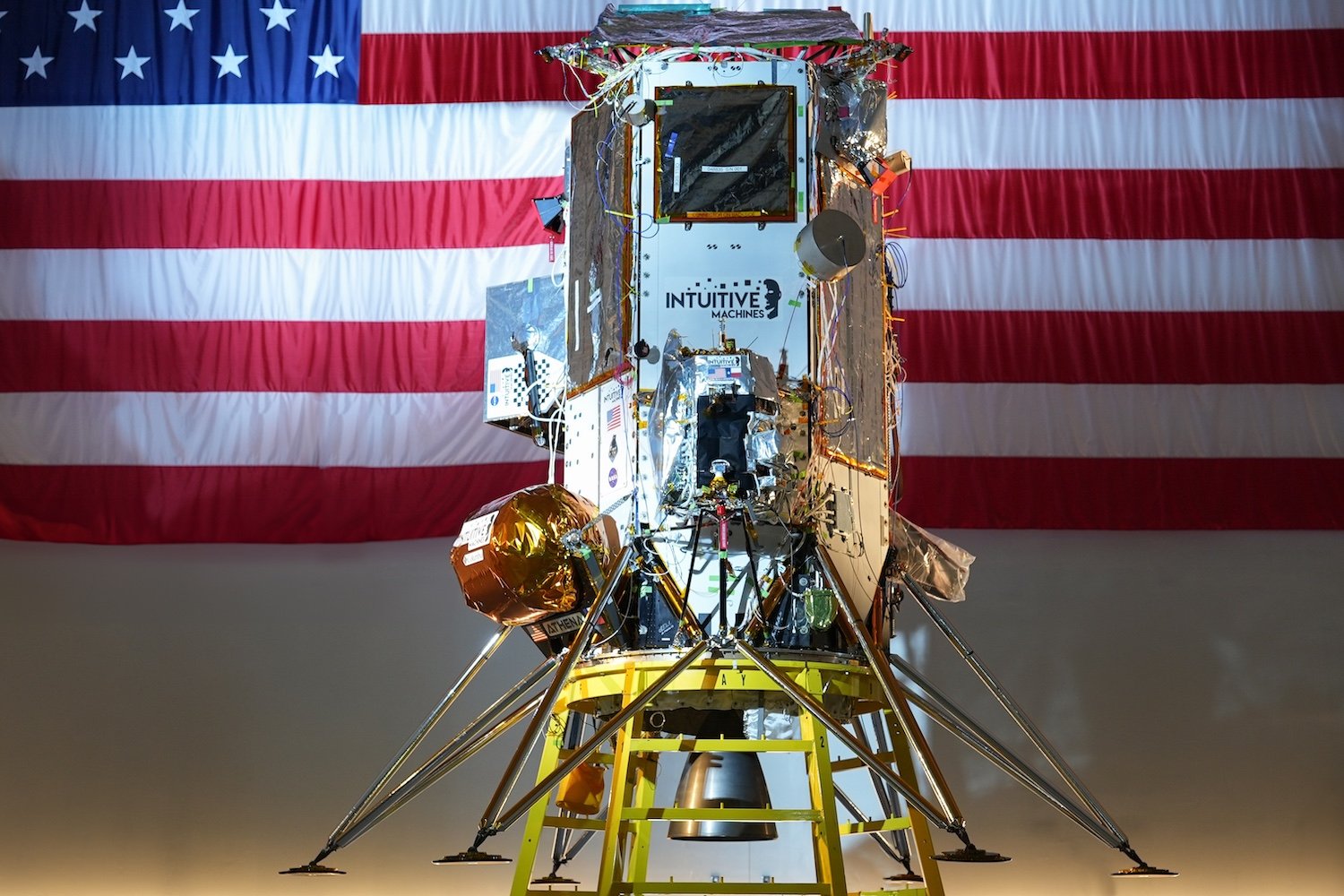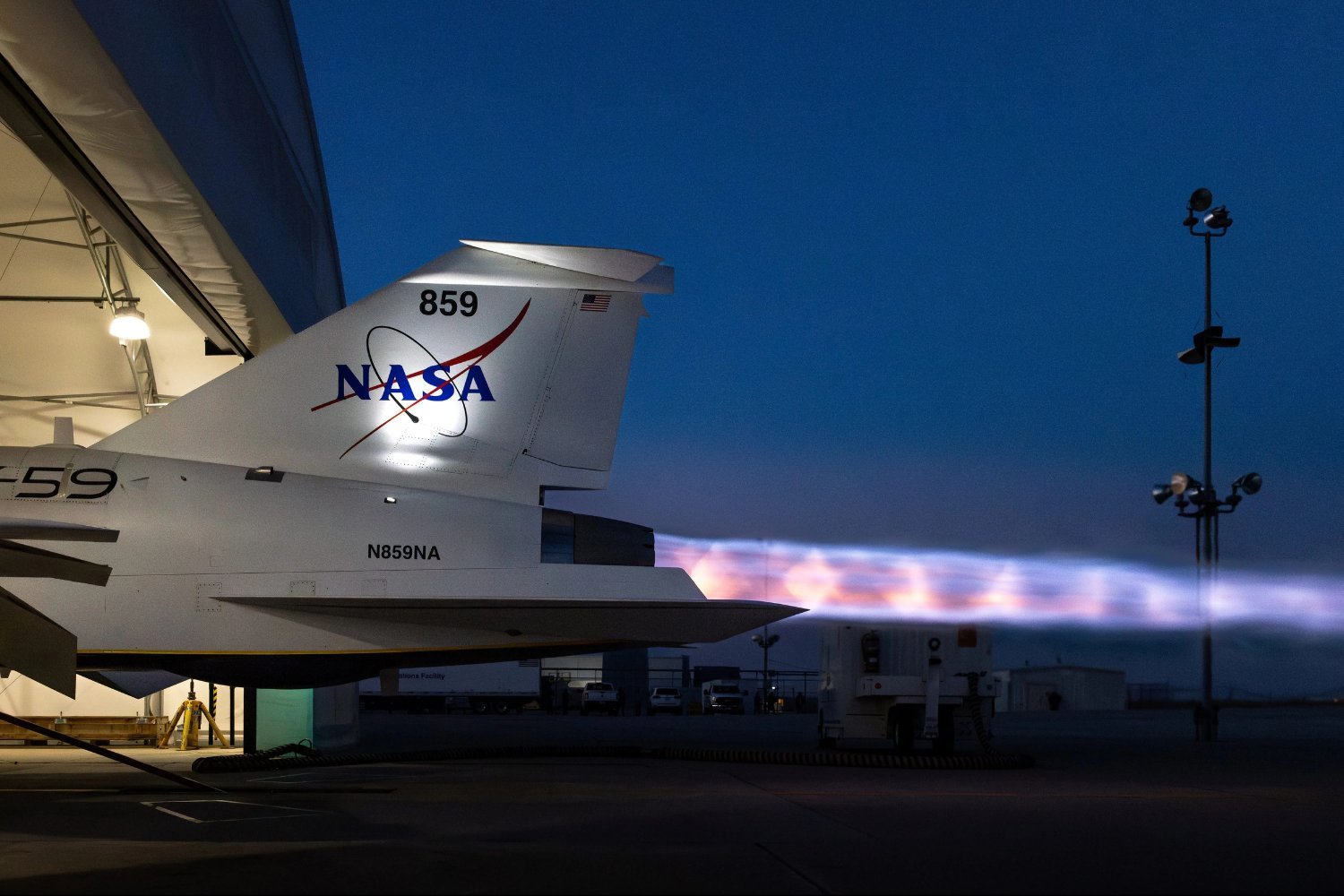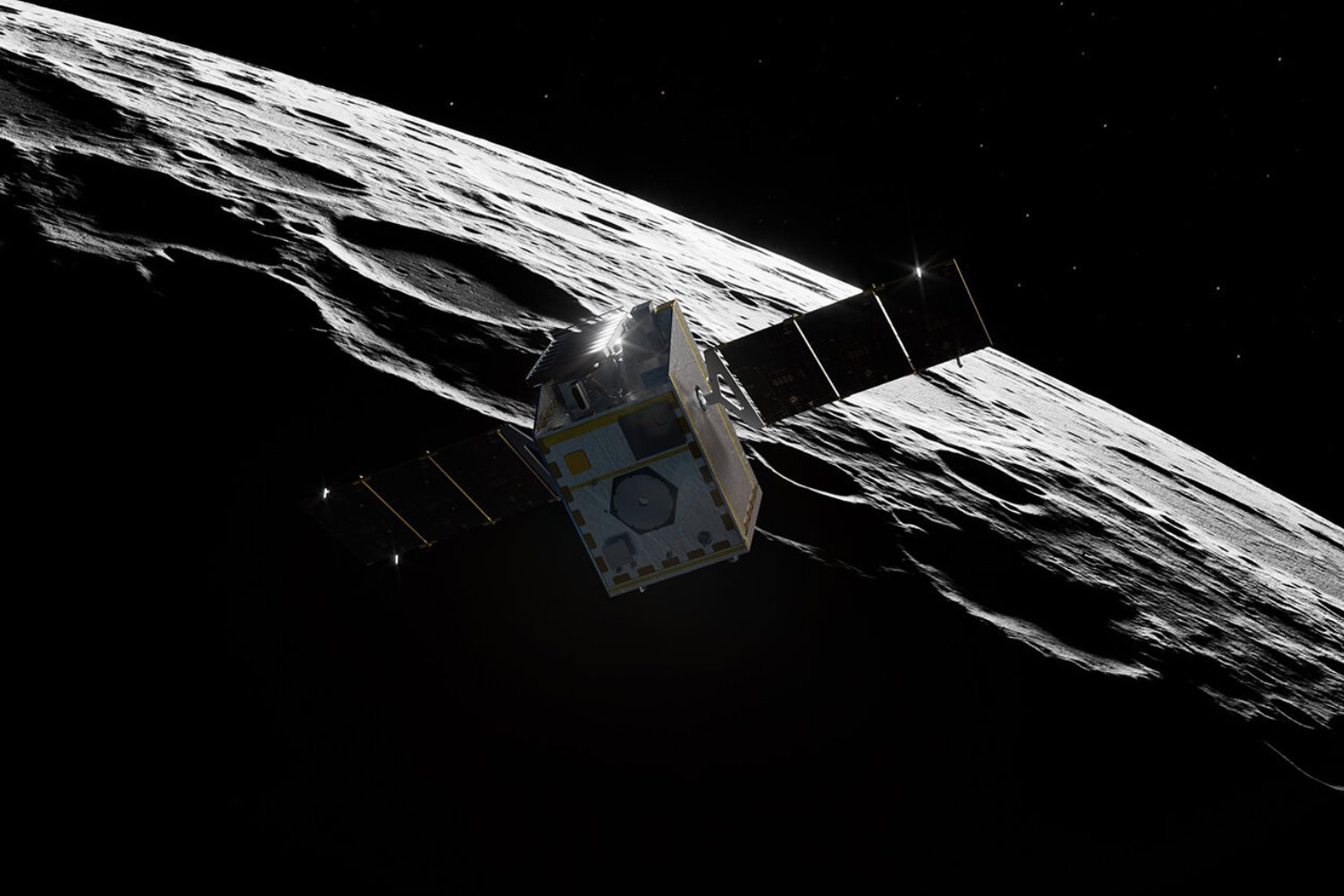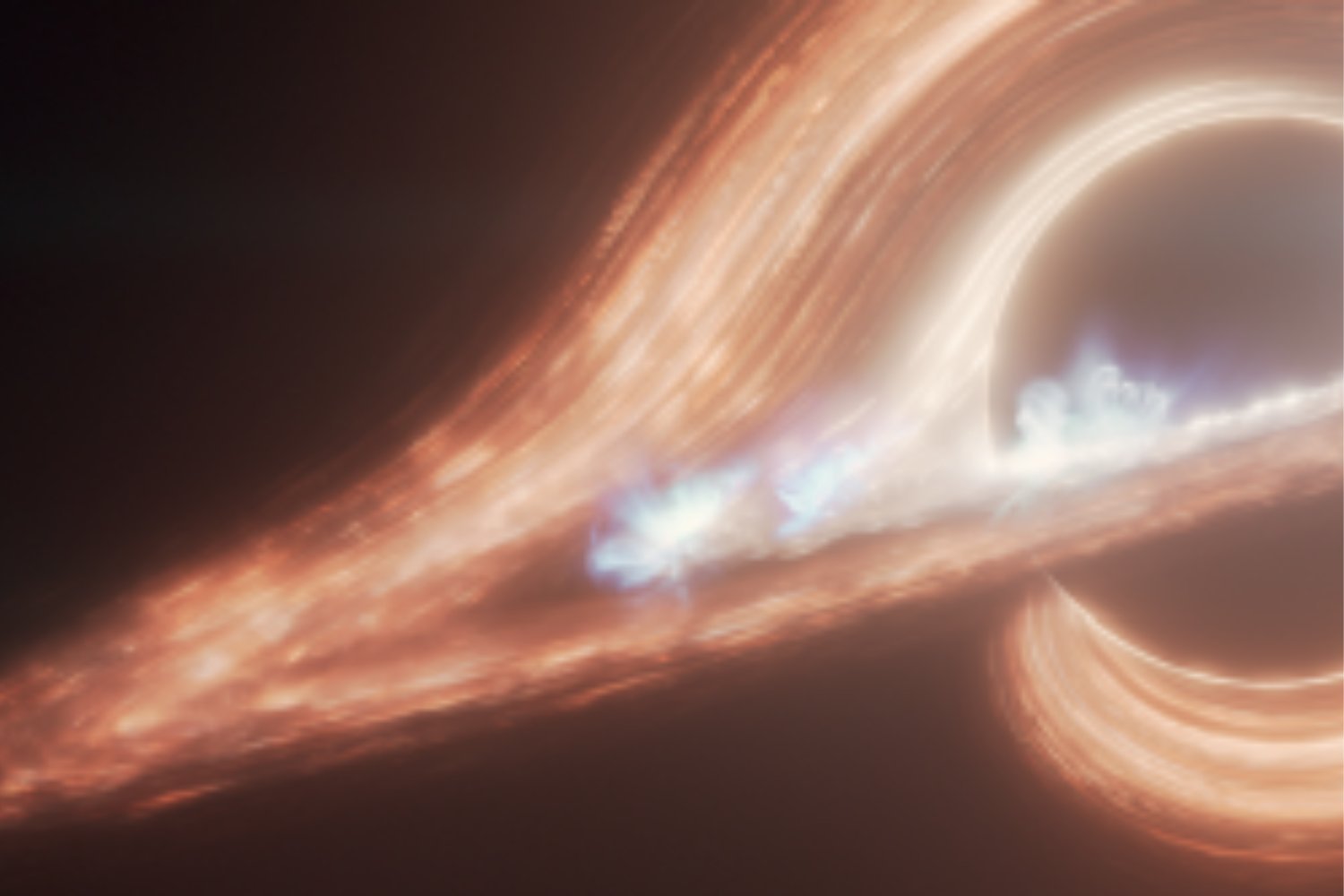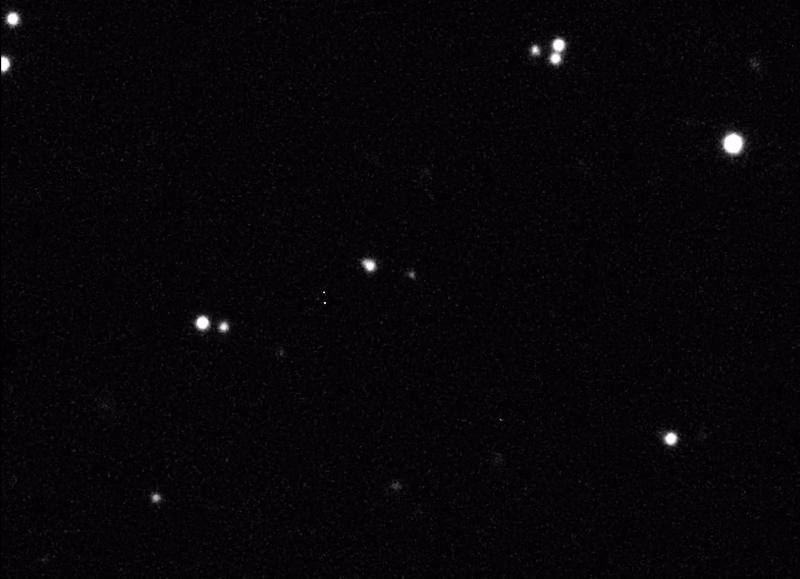Firefly Aerospace’s Blue Ghost lunar lander has bid farewell to Earth, capturing stunning images of our planet as it embarks on its two-week journey to the Moon. After successfully completing its trans-lunar injection maneuver on Wednesday, a series of engine burns propelling it out of Earth’s orbit and towards the Moon, the lander is officially on its lunar trajectory.
Blue Ghost’s Trans-Lunar Journey and Mission Objectives
Having spent three weeks in a highly elliptical Earth orbit, Blue Ghost is now approximately halfway to its lunar destination. The “Ghost Riders in the Sky” mission will involve a 16-day orbit around the Moon before attempting a soft landing on the lunar surface. The mission is a significant step for Firefly Aerospace and represents a key contribution to lunar exploration.
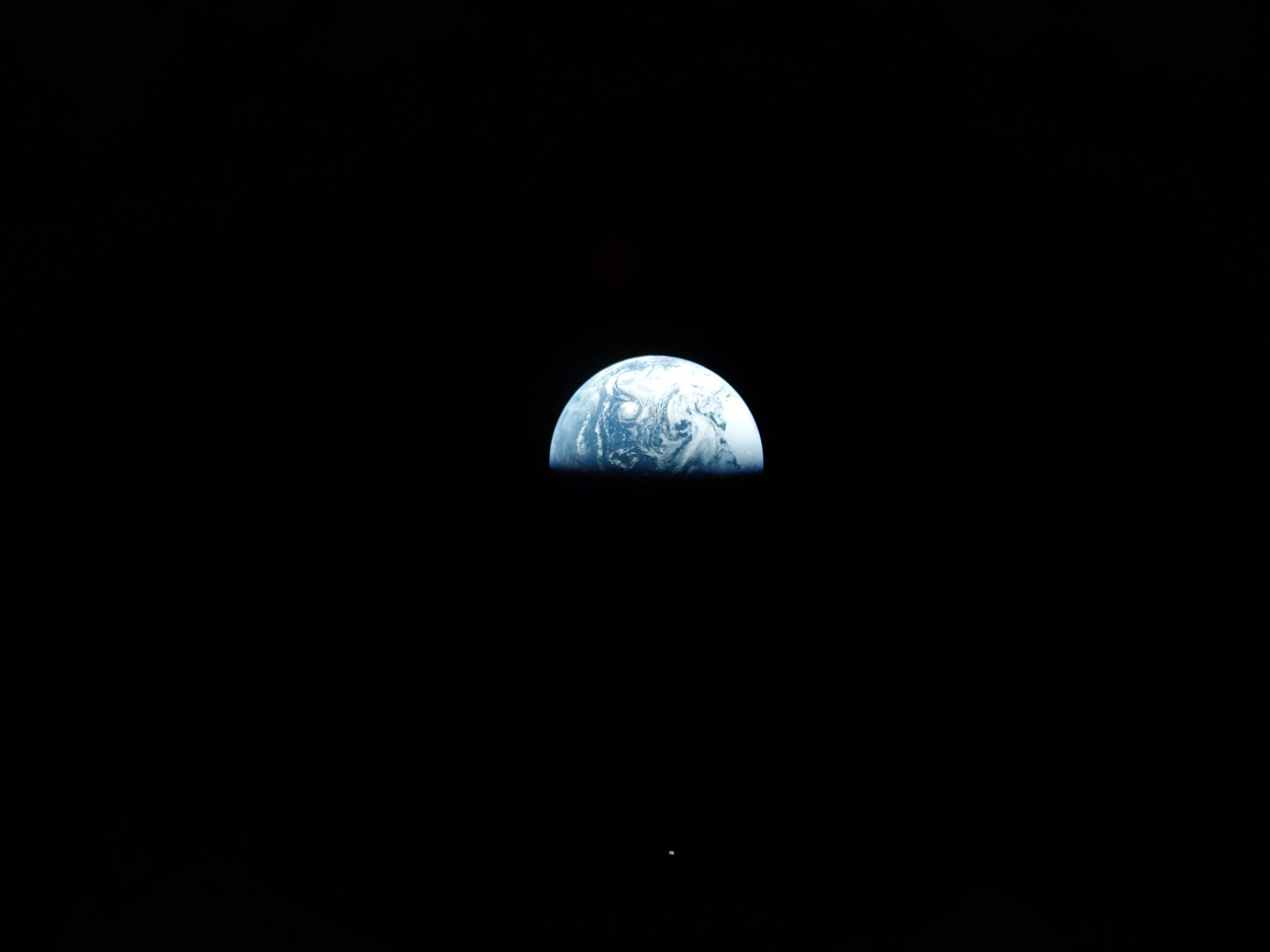
The lander, launched on January 15 aboard a SpaceX Falcon 9 rocket, has already transmitted over 15 gigabytes of data back to Earth, including data from NASA’s scientific payloads. This data collection is a crucial component of the mission, contributing valuable insights for future lunar exploration.
NASA’s Scientific Payloads and Lunar Surface Studies
Blue Ghost carries 10 NASA payloads as part of the Commercial Lunar Payload Services (CLPS) initiative. These instruments will be deployed on the Moon to study the lunar surface and gather essential data to support future human missions. The payloads represent a diverse range of scientific investigations, furthering our understanding of the Moon’s environment and geology.
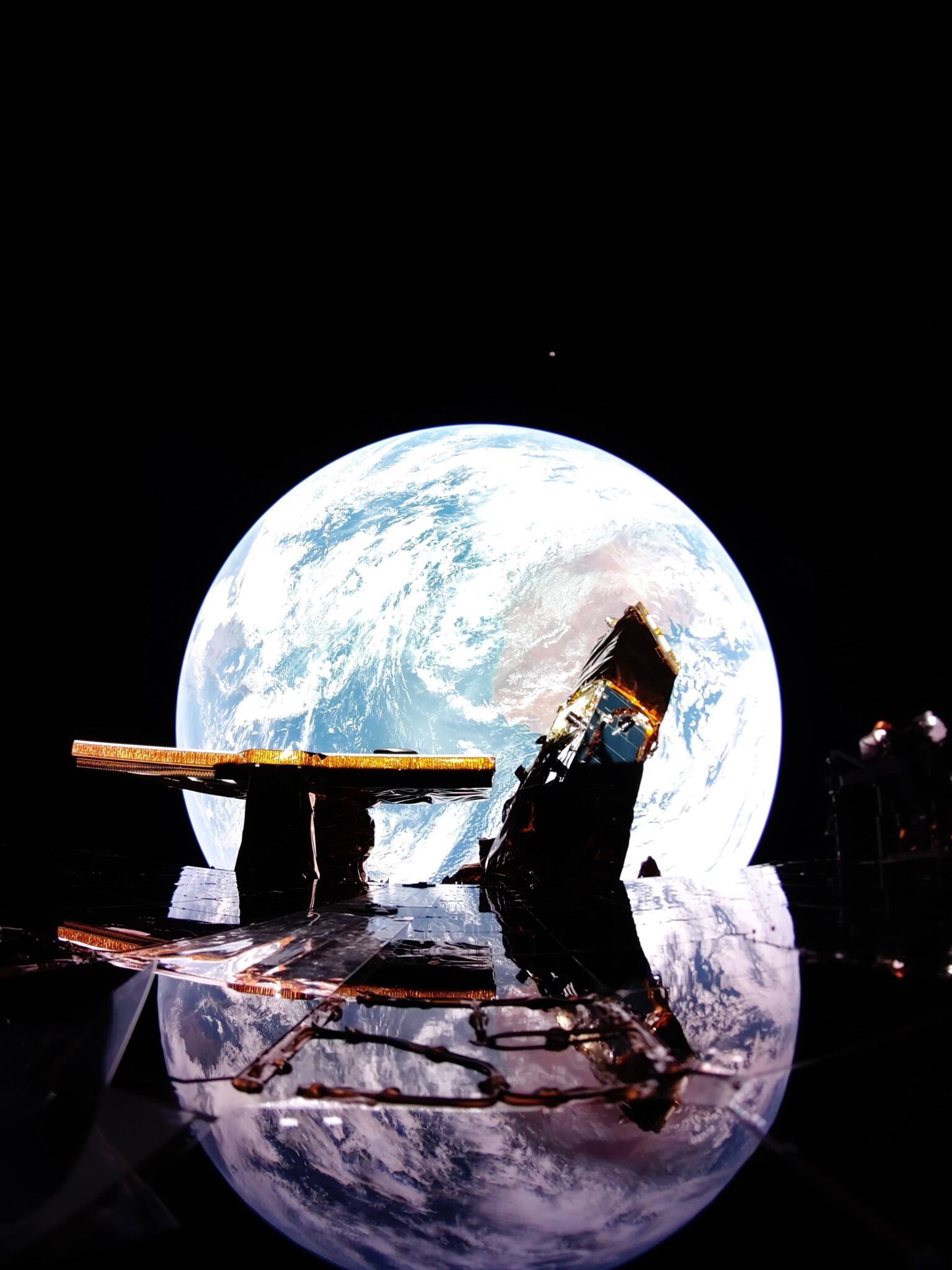
One notable payload is the Stereo Cameras for Lunar Plume-Surface Studies (SCALPSS) 1.1, developed by NASA’s Langley Research Center. SCALPSS will utilize four cameras to document the interaction between Blue Ghost’s rocket plumes and footpads with the lunar surface during descent and landing. This data will be invaluable for refining future lunar landing procedures. According to NASA, all 10 payloads are currently operational and prepared for surface operations.
Targeting Mare Crisium: Exploring Ancient Lunar History
Blue Ghost’s target landing site is Mare Crisium, a vast lunar mare formed by an ancient asteroid impact and subsequently filled with basaltic lava. These basalts, estimated to be between 2.5 and 3.3 billion years old, offer a unique window into the Moon’s geological past. The landing site selection is strategically important for maximizing the scientific return of the mission.
Conclusion: Awaiting a Successful Lunar Landing
The successful trans-lunar injection maneuver marks a critical milestone in the Blue Ghost mission. The anticipation builds as we await the lander’s arrival and subsequent touchdown on the lunar surface. The mission promises valuable scientific discoveries and contributes significantly to the ongoing endeavor of lunar exploration.




